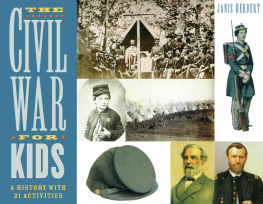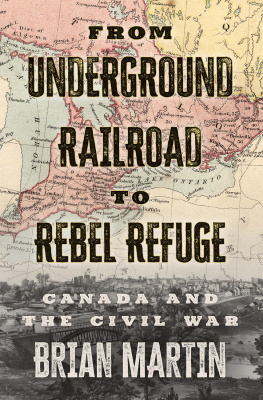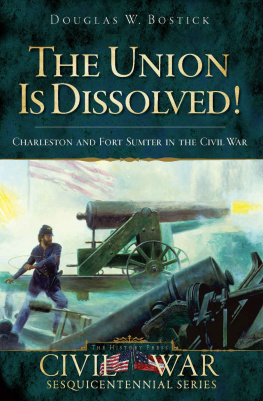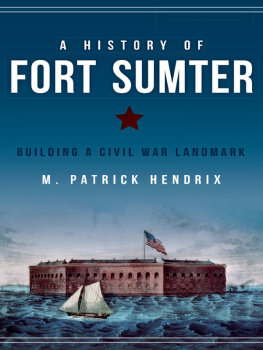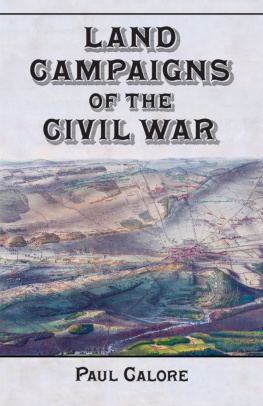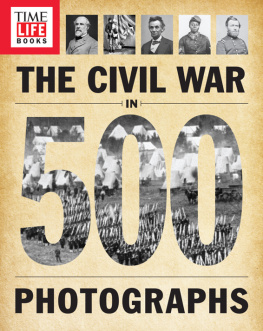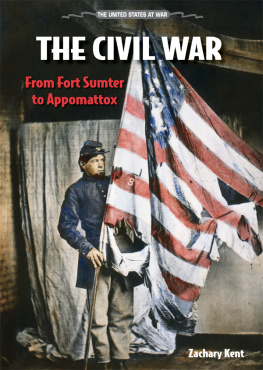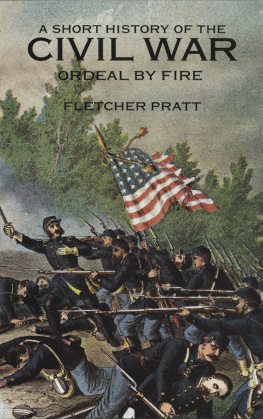
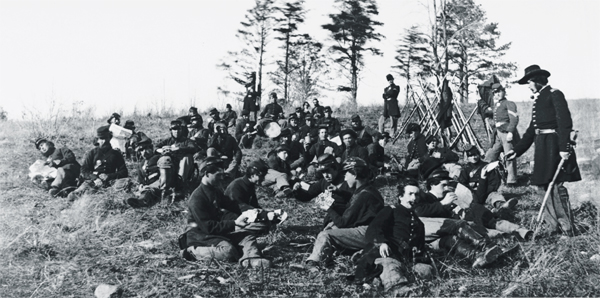

Library of Congress Cataloging-in-Publication Data
Herbert, Janis, 1956
The Civil War for kids: a history with 21 activities / Janis Herbert.
p. cm.
Includes bibliographical references (p. 142) and index. Summary: Teaches about the Civil War from the secession debates to Appomattox, by means of activities like making butternut dye, decoding wigwag, and baking hardtack. Includes a resource section with a glossary and pertinent web sites. ISBN 1-55652-355-6
1. United StatesHistoryCivil War, 1861-1865 Juvenile literature. 2. United StatesHistoryCivil War, 1861-1865Study and teachingActivity programs Juvenile literature. [1. United StatesHistoryCivil War, 1861-1865. 2. Handicraft.] I. Title E468.H55 1999
973.7dc21
99-20826
CIP
1999 by Janis Herbert
All rights reserved
First edition
Published by Chicago Review Press, Incorporated
814 North Franklin Street
Chicago, Illinois 60610
ISBN-13: 978-1-55652-355-7
ISBN-10: 1-55652-355-6
Designed by Joan Sommers Design, Chicago
Printed in Singapore by CS Graphics
10 9
To the boys, Arnie and Paul, who always let their little sister play too.
Contents

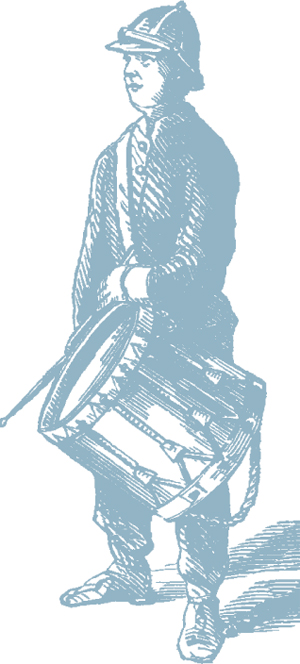
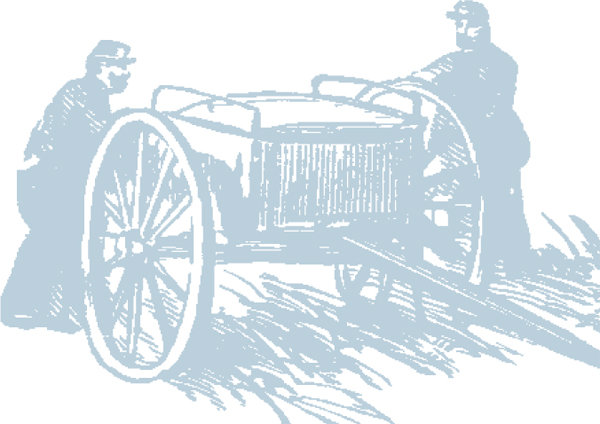
Acknowledgments
Thanks to Sara Dickinson, Lois Germond, Mark Homstad, Signe Murphy, Rodney Powell, and Jason Williams who graciously offered encouragement, information, and resources for this book. Im grateful to David Martinson for his cheerful support and his Southern perspective, and to Linda Ivey Miller for sharing her ancestors and her knowledge of American history. Thanks to James Burgess, Chris Calkins, Rick W. Hatcher III, Donald C. Pfanz, and Terry Winschall of the National Park Service, and to Robin Reed, Museum of the Confederacy, who provided helpful information for this work. Ted Alexander and D. Scott Hartwig kindly offered recommendations that made this book a much better one; Im very grateful for their knowledge and gracious assistance. Many thanks to Donna Younger, who improved my work and whose love for history and literature has been an inspiration. Mark Stephens so generously gave of his time and knowledge that a new category of thanks seems in order. His help was invaluable; he has my heartfelt gratitude. Thanks to designer Joan Sommers and to all those at Chicago Review Press who worked hard to make this book a reality. Special thanks to Cynthia Sherry and Rita Baladad for their enthusiasm and devotion to this project. Im grateful to Ruth and Don Ross for their constant encouragement, assistance, and support. To my dear husband Jeff, who never tires of hearing about the Civil War, thank you for helping me to follow my heart.

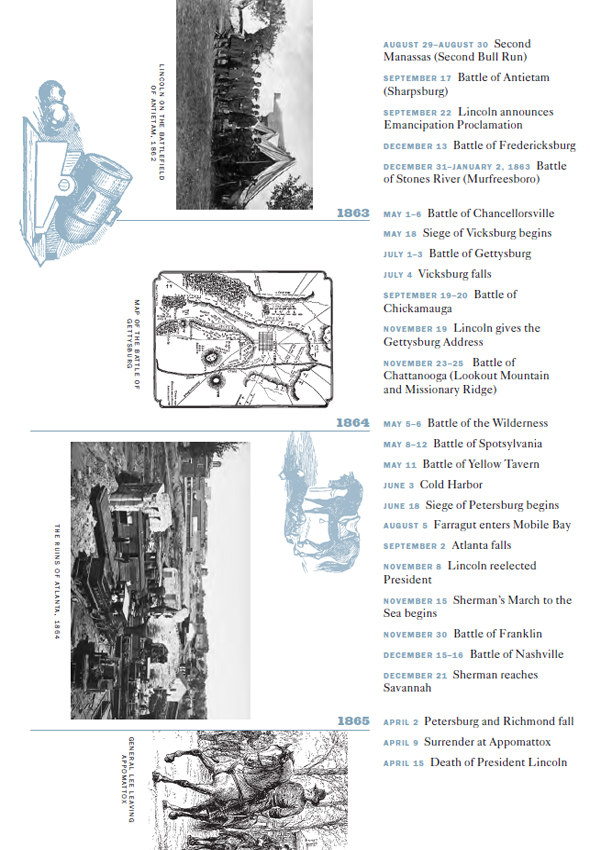
Note to Readers
See the Glossary following Chapter for an explanation of unfamiliar terms. In the resource section you will find a list of officers of the Confederacy and the Union for quick reference.
Introduction

N ot long ago, a great war was waged in our nation, the United States. Your great-great-grandfather might have been a soldier in this war. Your great-great-grandmother might have plowed fields while her husband fought, or served as a nurse on the battlefields. This war was fought on their land, in their small communities. Their farms became battlefields and their homes were turned into hospitals. Towns were divided, and sometimes families were too. Brothers fought against brothers, fathers and sons were on opposing sides, and schoolmates and old friends faced each other in battle.
This war, the Civil War, lasted four years. Three million Americans fought in over 10,000 battles and skirmishes across the country. More than 620,000 soldiers died. Those who fought suffered greatly in this war that seemed to have no end.
What was it that led a once-united people to wage such a long and terrible war? The practice of slavery divided the nation and caused people to struggle over the basic principles upon which the country had been founded. They went to war to decide whether we would continue to be a nation and, if so, what kind of nation we would be.
The deeds of the soldiers and the people of this time are told, briefly, here. Youll learn about the terrible battles the armies fought Antietam, Chancellorsville, Gettysburg. Youll find out what it was like to hear the drum rolls, see the flags unfurl, and Forward march! into battle. Along the way, youll learn how to send signals and decode messages, make a soldiers lean-to shelter, drill like a private, and command like a general.
So join Clara Barton as she tends the wounded at Antietam... Joshua Lawrence Chamberlain as he shouts Fix bayonets! to his brave men at Gettysburg... nine-year-old drummer boy Johnny Clem as his drum is smashed at Shiloh... Generals Robert E. Lee and Ulysses S. Grant as they lead their men in the great Civil War. Because of these heroes, the United States was reborn with a new understanding of freedom and union. Join them in the greatest struggle our country has known.
1

To War!
The Union Is Dissolved



I n 1861, citizens gathered in town squares all across the country to hear speeches about freedom, states rights, and glorious death on the battlefield. In the North, bands played rousing versions of Rally Round the .Slag, and young men jumped at the chance tofight for union. In the South, The Bonny Blue Flag inspired men to defend their rights and their land. The country was divided in two.
The split had been a long time in coming. Many events led to the great Civil War of the United States, but the main reason so many fought and died was the practice of slavery. Slaverythe Souths answer to its need for a large, cheap labor force to raise its main crop, cottonwas a source of terrible friction between North and South. Many slaves led lives of back-breaking labor, poor rations, and beatings. Their lives were not their own. They were property, like a horse or a wagon. They could be sold at any time and separated from their spouses and children.
Next page
